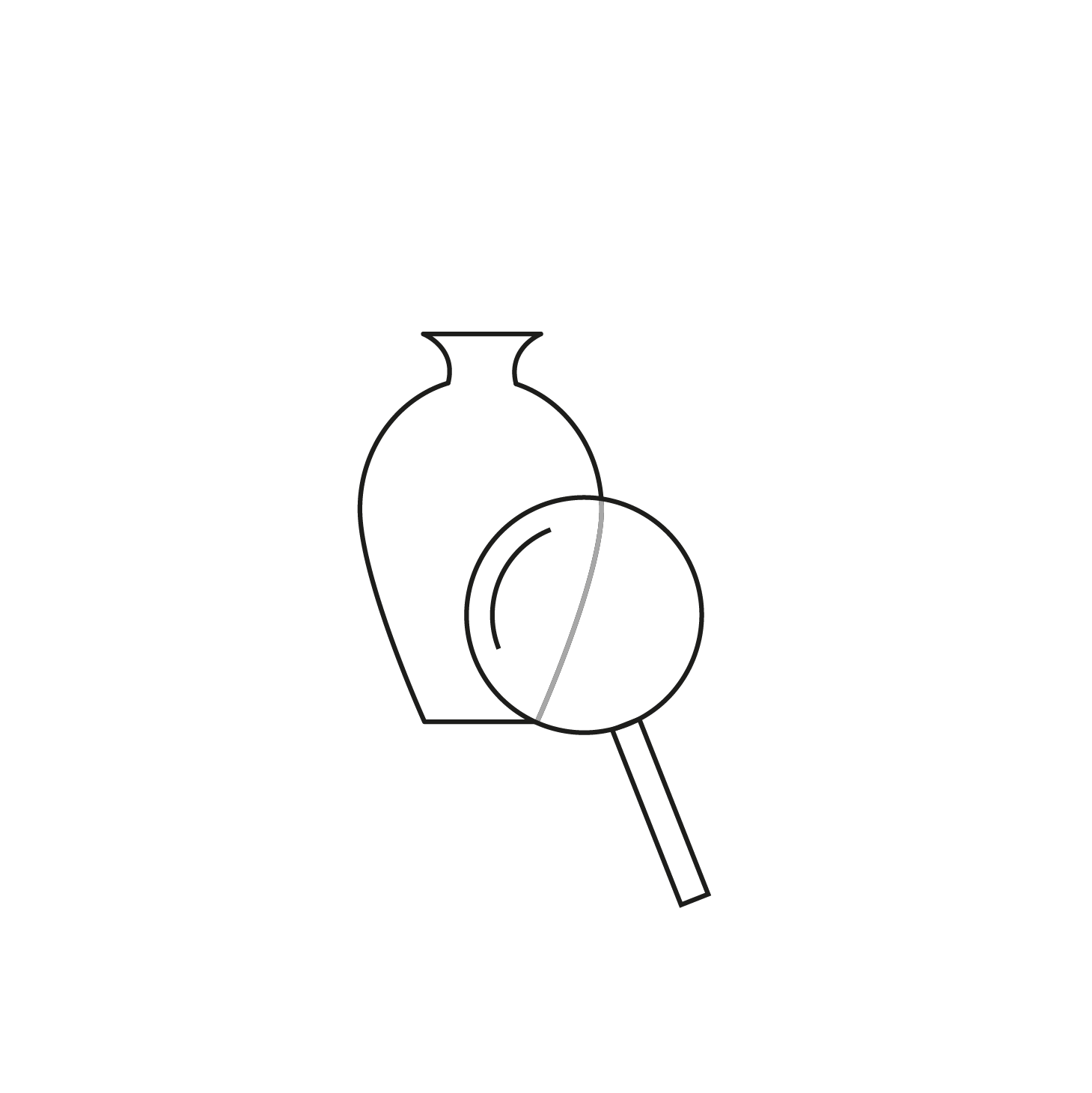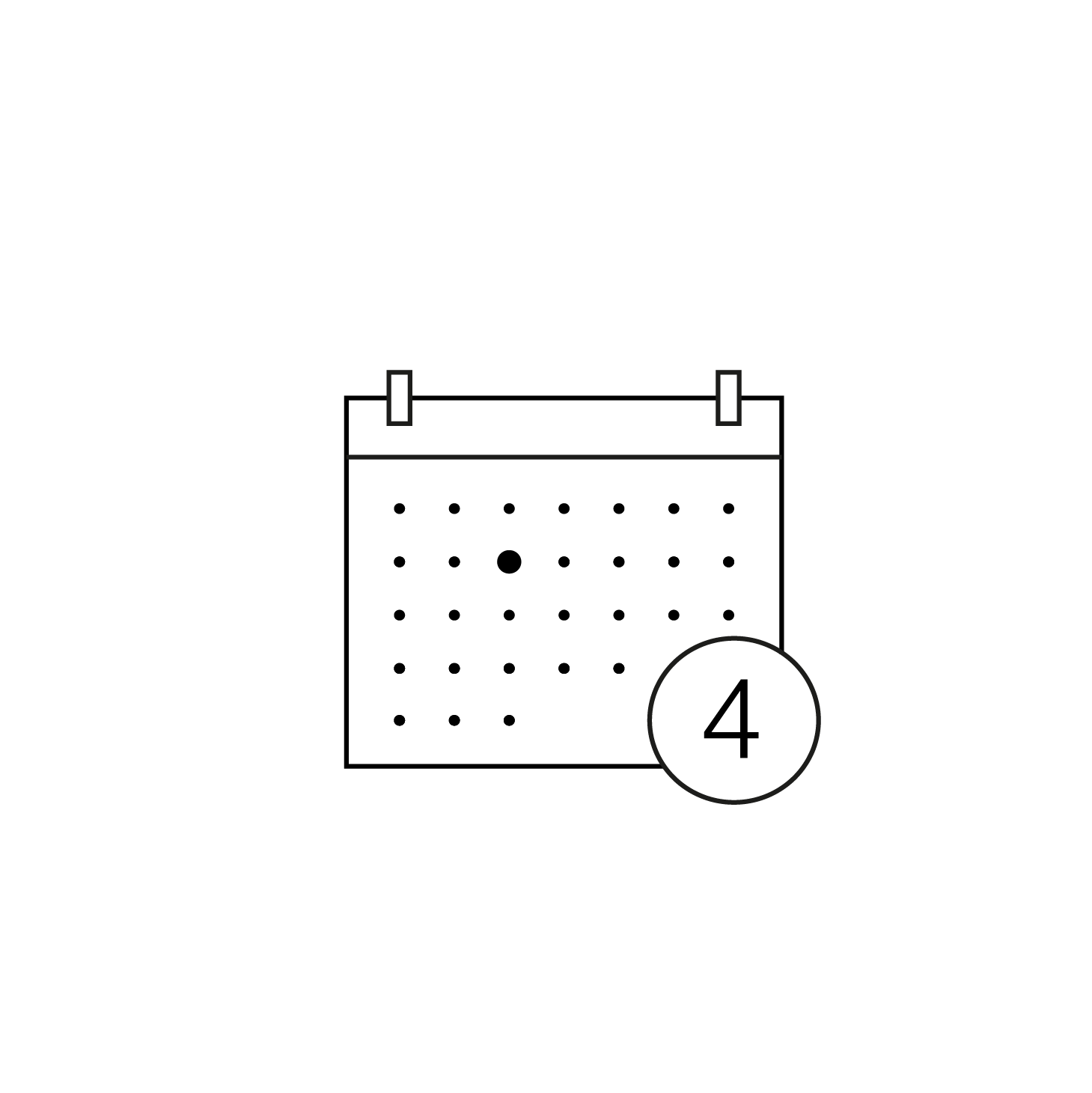Born in 1824, a pupil of Paul Delaroche, with whom he travelled throughout Italy between 1844 and 1845, this artist, who was showered with honours during his lifetime, was received at the Institute, taught at the Ecole des Beaux-Arts and decorated with the Legion of Honour, paradoxically passed negatively on to posterity through his fierce opposition to both the posthumous homage paid to Manet and Caillebotte’s legacy. As early as 1847, he was awarded a medal at the Salon and became the leader of what the chroniclers of the time called “the neo-Greeks”, a vein in which he would excel throughout his life. His retranscription of ancient scenes (The Death of Caesar, Pollice verso, Ave Cesar etc…) with an almost photographic realism, thanks in particular to his smooth and brilliant craftsmanship and his careful drawing used in the service of a spectacular illusionist style, will not be without influence on the aesthetics of Italian and Hollywood peplums of the 20th century. Alongside these antiquarian works, Gérôme also produced more popular scenes (The Colour Merchant, The Exit from the Masked Ball…) and historical scenes (Louis XIV and Molière, the Grey Eminence…) in which, true to his technique, he favoured the dramatisation of the anecdote and a certain emphasis accentuated by the proliferation of realistic details. He also travelled to the East, first to Turkey (1854) and to the banks of the Danube, then to Egypt (1857) and finally to the Middle East in 1862. These journeys nourished his inspiration and enabled him to achieve what many chroniclers consider to be his best paintings (the snake charmer, the Turkish bath, etc.).
Jean-Léon Gérôme
Also discover
Results
curlGET failed: Failed to connect to apiaguttes.ylgqahilrv-dv13xeqov4gq.p.temp-site.link port 80 after 14 ms: Couldn't connect to server
Contacts
Request an estimate
Graceful and confidential
Next sale(s)
Newsletter
Subscribe to receive our magazine as well as the calendar of sales, exhibitions and conferences…
Only two communications per month in your mailbox.
Information
Also discover
Results
curlGET failed: Failed to connect to apiaguttes.ylgqahilrv-dv13xeqov4gq.p.temp-site.link port 80 after 14 ms: Couldn't connect to server
Why Aguttes?

Expertise
More than 14 specialized departments

Personalized accompaniment
Large and agile organization for the management of "top lots" and particular collections

International records
More than 60% of buyers are foreign

Culture of excellence
More than 150 lots sold at more than 100 000€ in 2022

Frequency of sales
4 annual auctions by specialty

